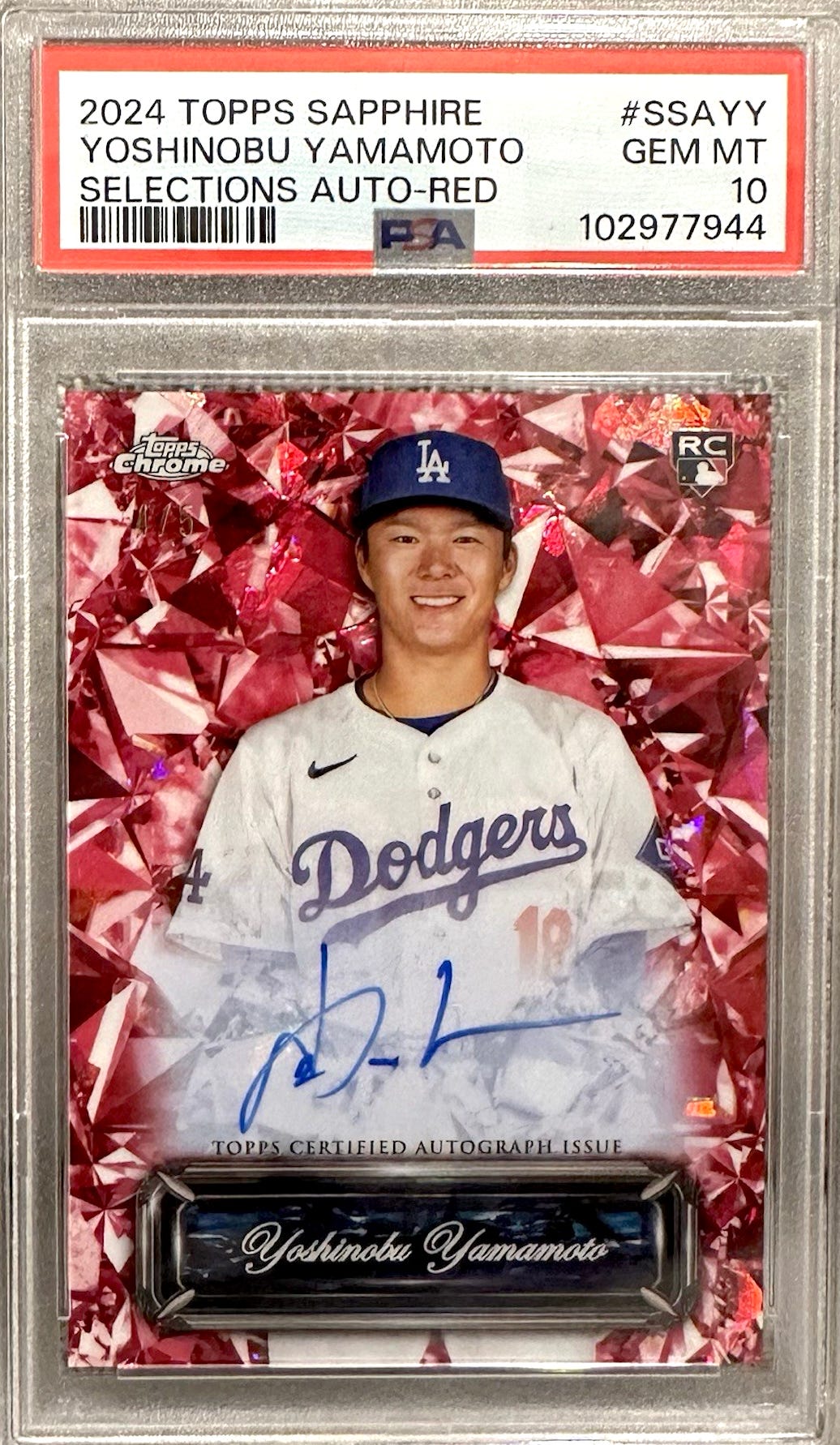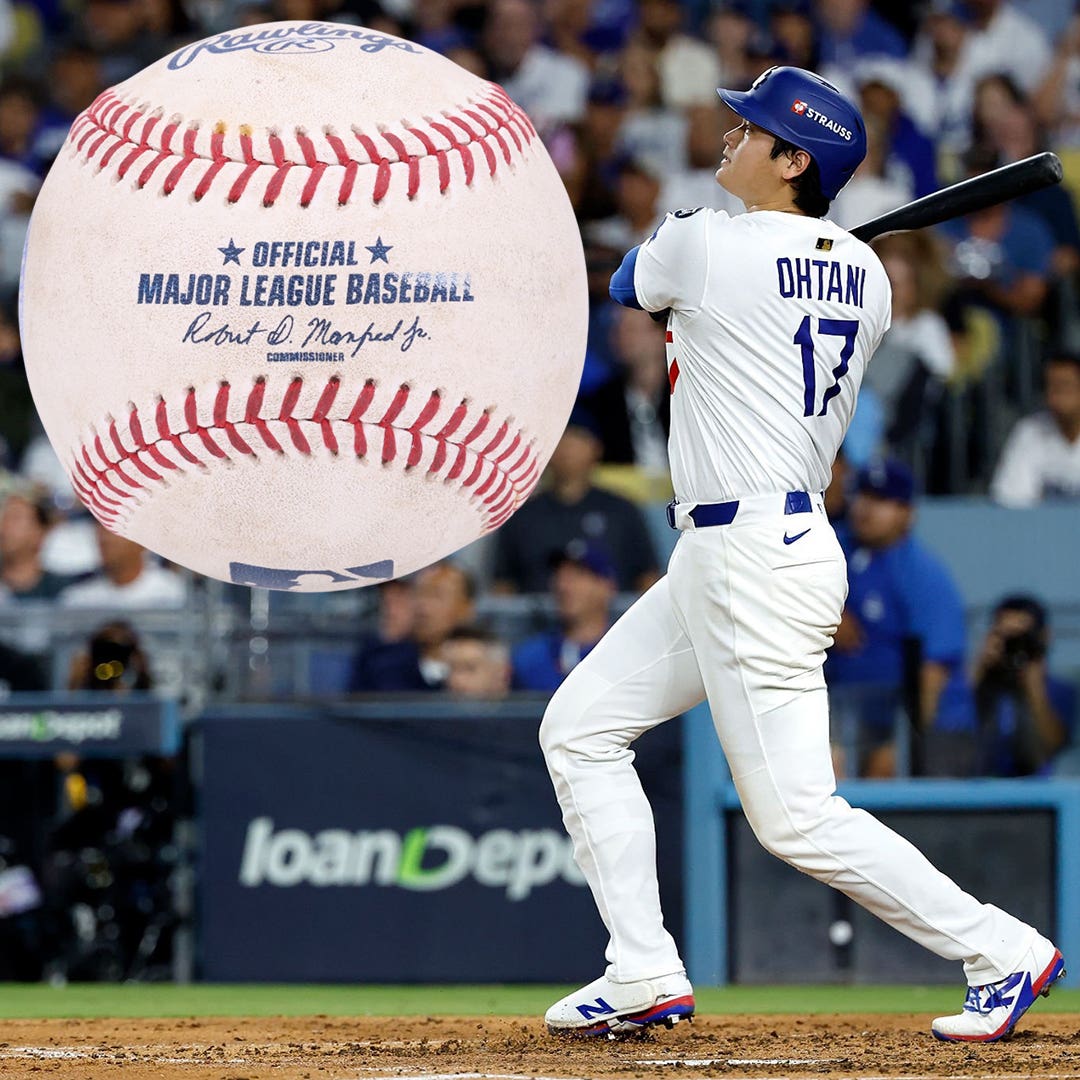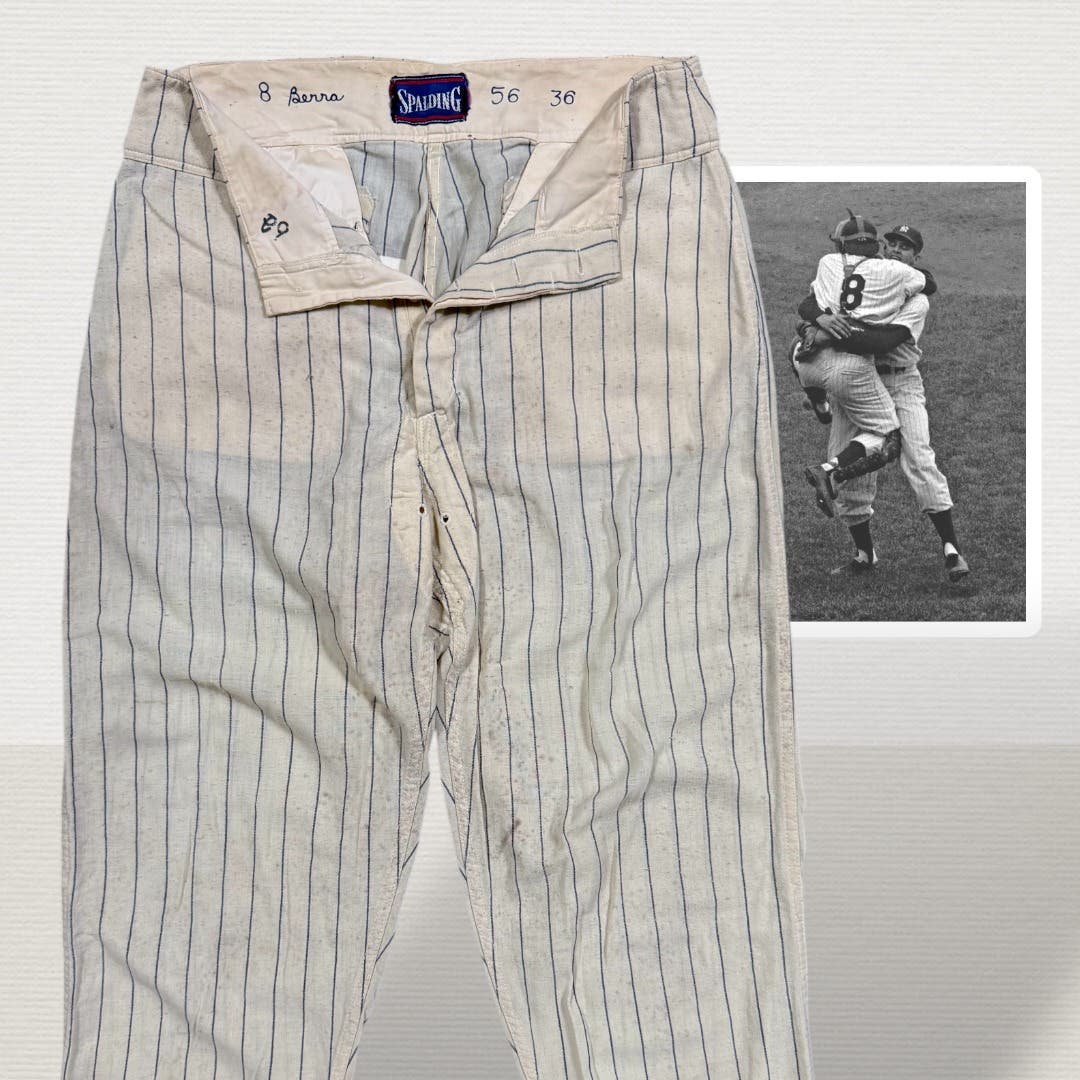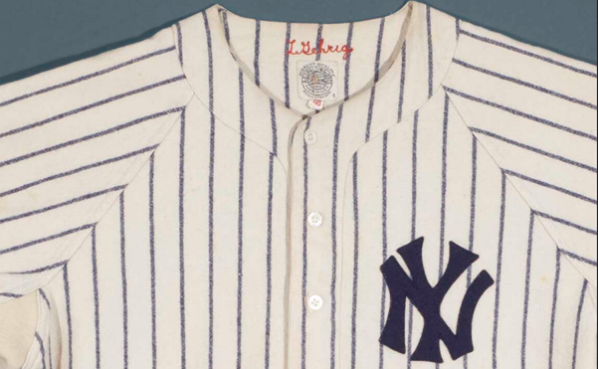The history of the great state of Michigan is one that is closely interwoven with the world of big business, specifically the auto industry. As a lifelong Michigander, certain captains of industry forever stand out here in the Great Lakes State. Henry Ford, John Kelsey, Alex Manoogian, the Dodge Brothers and a gentlemen by the name of Frank Navin, just to name a few.
Navin, who was born in 1871, was an early Detroit financier who eventually became the owner of the Detroit Tigers. Navin was a no nonsense owner who could stretch a dollar like no other. Due to his frugal nature, Navin let one of the greatest ballplayers in history slip away. During Ty Cobb's tenure as the skipper of the Tigers, the "Georgia Peach" ran headlong into Navin's penny-pinching ways. Cobb begged the Tigers owner to purchase the contract of a promising young star from the Pacific Coast League. His name was Paul Waner.
Navin balked at the $45,000 price and the future Hall of Famer slipped right through Cobb's fingers. The Peach would never forgive Navin for his refusal to sign the great Paul Waner.
The Big Poison
Much to Cobb's chagrin, Waner began his career with the Pittsburgh Pirates in 1926 and would go down in baseball history as "Big Poison." I have always considered Waner to be one of the most underrated baseball players of all time. He is the least remembered member of the 3,000 Hit Club and his lifetime batting average of .333 seems to go unnoticed. I consider Waner one of the greatest players of all time.
For years, Waner material was not in much demand and his autograph could be purchased for mere dollars. In recent years, demand has increased markedly and today Waner is a treasured part of any vintage signature library.
Waner signed in a large hand with many loops and curves. His signature has excellent display value. Example No. 1 (illustrated on the next page) is an early signature removed from a 1933 team sheet. This is a superior fountain pen specimen. As the years progressed Waner's hand became a bit more refined and post-career signatures tend to be slightly more flowing as evidenced in examples 2 and 3. The display value of Waner's signature is high no matter when it was signed.
Fortunately for collectors, Waner was a willing signer throughout his life and there is a good supply of signed material in the market. He can be found on most mediums, including index cards, team balls, government postcards, photographs, and a surprising number of genuinely signed Goudey cards. Waner should be considered scarce to rare on single-signed baseballs, Hall of Fame plaques, and letters of any sort.
Most Waner-signed baseballs are team related. Single-signed balls should be considered rare. I have only seen five or six genuine examples in more 23 years of collecting. All were signed in ballpoint ink and were likely penned in the 1960s. Many collectors have searched for a signed ball featuring just Paul and his brother Lloyd. To date, I have never seen a genuine one and if one does exist (which I am sure it does) it would be a priceless treasure.
Signed letters are almost as difficult as single-signed baseballs. They are rare and surface only once every so often. Both typewritten and handwritten letters are near non-existent in the market which surprises me considering Waner died in 1965.
Paul Waner fancied himself as one of the finest hitting instructors in the history of the game. Like Cobb and Rogers Hornsby, Waner would hand out advice to anyone willing to listen. In fact, Waner self-published a 36-page booklet on batting. Titled Paul Waner's Batting Secrets it was a how-to book on the art of hitting. Fortunately, Waner would hand out these booklets and would often sign them on the front cover. He would then usually pen a second autograph on the back cover. These are great collectibles and can generally be picked up for $300.
Waner died at a relatively young age and his hand remained steady until death, resulting in a signature that lacks any unsteadiness. If you happen across a Waner signature that appears labored, it should be considered suspect and be avoided. Additionally, there is a decent supply of well-executed forgeries in the market so caution is warranted. Forgeries are commonly found on gum cards, single-signed balls, and especially Artvue black-and-white Hall of Fame plaque postcards. If you run across a signed Hall of Fame plaque, chances are very good that it is a forgery.
A quick and easy price guide for Waner is as follows: A signature sells for about $200, with a government postcard at $300-$350. From there, prices really increase. A signed 8-by-10 photograph is worth $600-$800. A singled-signed ball will sell for $3,500-$4000. A typed letter signed is worth $500-$600 and a handwritten letter should have a starting price of $900. Signed Goudey cards are very desirable and should start at $750 and the elusive signed black-and-white plaque is a rarity that will start at $1,000. I have never seen a signed check. Signed equipment is extremely rare. I have not seen a genuinely signed bat but I have run across a signed Little League glove, which in my opinion is a priceless piece.
And the Little Poison
When I started collecting baseball cards in the late 1970s, the signature hobby was in its infancy, at least in terms of investment. I can remember the first signatures I obtained in the mail from the old-time legends. The first was Charlie Gehringer, who lived right down the road from me, Hank Greenberg, Cool Papa Bell and Stan Coveleski. I then dropped a letter in the mail to Lloyd Waner but much to my disappointment he died the very day I mailed the letter. Baseball's Little Poison was no more.
Lloyd Waner, Paul's younger brother, was a standout ballplayer with a strong bat. He amassed more than 2,400 base hits and compiled a lifetime average of .316. He played alongside his brother for many years and would enter the Baseball Hall of Fame in 1967.
Waner signed in a legible and rather unassuming hand. The display value of his signature is just average. Example 4 is a signature removed from a 1933 album page. Example 5 is a recent signature penned in the last years of his life. Waner's simple hand lends itself to forgeries; his signature is easy to copy, especially old-age autographs which tend to lack rapid motion.
Fortunately, the vast supply of Waner material is such that forgeries are not really a problem except in two areas as discussed below.
Waner is common on most mediums. He can be found on Hall of Fame plaque cards, photographs, letters, balls, gum cards, bank checks, and the like. He is considered rare to very rare on the Perez Steele art cards.
Waner would, on occasion, sign autographs with his nickname "Little Poison" which makes for a wonderful display. Now if your trying to locate a Paul Waner autograph complete with his nickname you will be looking a long time as this form of signature is considered rare.
Waner died just as the Perez-Steele limited-edition art cards became popular. He is considered one of the two rarest of all signed Perez-Steele cards, Satchel Paige being the other. I have seen many signed examples of the Waner Perez Steele and I will let you know when I find an authentic one.
All examples I have examined were forgeries and well-executed ones at that. This is one signed card that is beyond rare so caution is warranted.
The other medium that has been the target of forgers is single-signed baseballs. A Waner single is scarce and commands some good money; there are many nicely accomplished forged baseballs in the market.
Most Waner material can be purchased for under $50. Signed 8-by-10 pictures sell for about $100 as will handwritten letters and checks. A single-signed ball will sell for $600-$800. The Perez Steele card has a generally listed price of $2,000-$2,500, but it you can find a genuine one it is probably worth much more.
Frederick "Cy" Williams
Cy Williams was an early dead-ball era star with numbers that make him an enticing candidate for the Baseball Hall of Fame. Williams started his career in 1912 and would play big league ball for 19 years. He would win four home run crowns, no small feat indeed. Williams is a highly collectible name from the early days of baseball and has always been a treasured signature.
Williams' signature is one of my favorites, his hand is a fine mix of choppiness and flow. It results in a signature with fine eye appeal. His signature is illustrated in example 6; this is a superior specimen. It is one of the few certified signatures I possess and was evaluated by Professional Autograph Authentication Services (PAAS).
Williams was an accommodating signer and would often add nice inscriptions to his signature such as "To an old Phillies fan." He signed until the very end and fortunately for collectors, the supply of Williams material is strong, albeit mostly limited to index cards.
Williams material is priced as follows: a signature is worth $30-$40, with government postcards running between $50-$75. A signed 8-by-10 photo is a rarity and should start at $150. Single-signed baseballs are a treasure so expect to pay $600-$700. Signed checks are available, but scarce, and start at $100.








